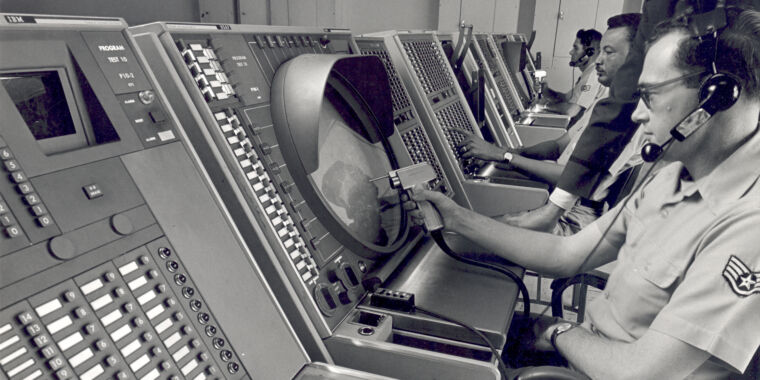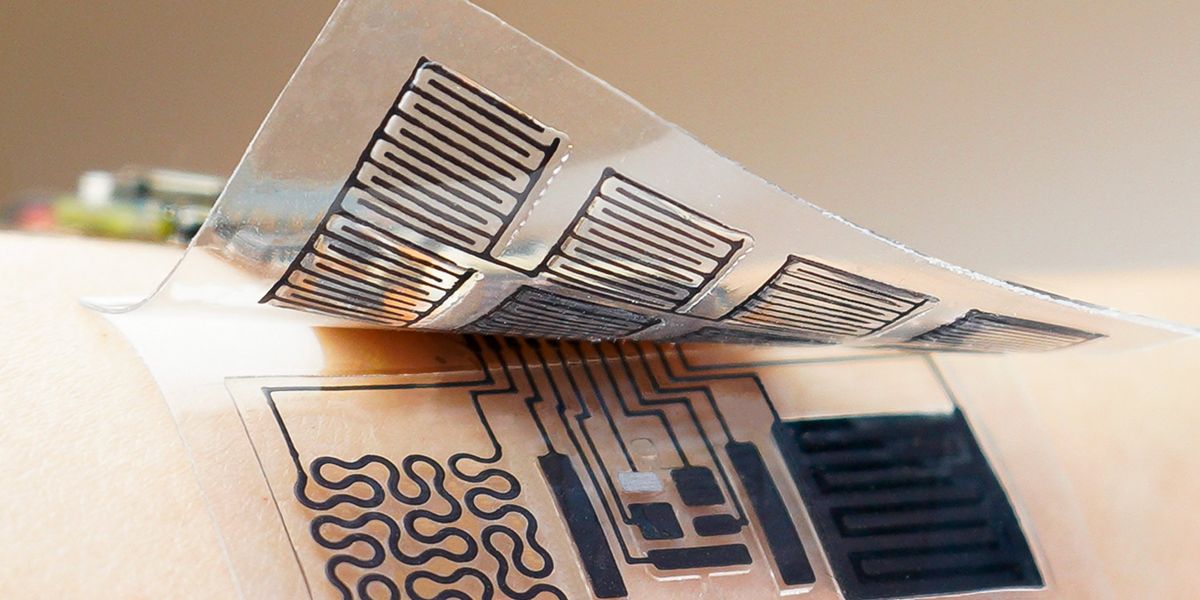The most significant computer you’ve hardly ever heard of
4 min read

Pc Heritage Museum
It’s not unconventional to listen to that a individual military technologies has uncovered its way into other applications, which then revolutionized our lives. From the imaging sensors that have been refined to fly on spy satellites to innovative aerodynamics made use of on each and every modern day jetliner, several of these strategies initially sounded like lousy science fiction.
So did this 1.
Take into account the following state of affairs:
To defend the United States and Canada, a enormous array of interconnected radars would be established up throughout the two nations. Related by large-speed hyperlinks to a dispersed community of computers and radar scopes, Air Pressure personnel scan the skies for sudden action. 1 day, an unknown aircraft is identified, flying in excess of the Arctic and heading towards the United States. A rapid check of all identified business flights guidelines out a planeload of holiday vacationers dropped in excess of the Northern Canadian tundra. At headquarters, the flight is selected as a bogey, as all attempts to make contact with it have failed. A regime and usually uneventful intercept will as a result fly together with to detect the aircraft and history registration data.
Before the intercept can be finished, additional aircraft show up over the Arctic an attack is originating from Russia. Readiness is elevated to DEFCON 2, a single phase beneath that of nuclear war. Controllers across the place begin to get a substantial-level photograph of the attack, which is projected on a substantial display screen for senior armed service leaders. At a console, the intercept director clicks a number of icons on his monitor, assigning a fighter to its concentrate on. All the necessary information and facts is radioed immediately to the aircraft’s pc, with no talking to the pilot.
By the time the pilot is buckled into his seat and taxiing to the runway, all the knowledge wanted to demolish the intruder is loaded onboard. A callout of “Dolly Sweet” from the pilot acknowledges that the data load is fantastic. Lifting off the runway and increasing the gear, a flip of a switch in the cockpit turns the flight above to the desktops on the ground and the radar controllers observing the bogey. A substantial display screen in the cockpit provides a map of the region and provides important situational recognition of the focus on.
The full intercept is flown hands-off, with the pilot only changing the throttle. The plane, up-to-date with the latest details from floor controllers, adjusts its course to intercept the enemy bomber. Only when the target is within just the fighter’s radar assortment does the pilot suppose control—then selects a weapon and fires. Immediately after a brief evasive maneuver, command returns to the autopilot, which flies the fighter back again to base.
This is just not an excerpt from a dystopian graphic novel or a slash-and-paste from a present-day aerospace magazine. In fact, it is all ancient record. The program described higher than was termed SAGE—and it was applied in 1958.
SAGE, the Semi-Automatic Floor Natural environment, was the solution to the problem of defending North America from Soviet bombers for the duration of the Chilly War. Air protection was mostly dismissed immediately after Planet War II, as write-up-war demilitarization gave way to the explosion of the purchaser economic climate. The exam of the initial Soviet atomic bomb modified that sense of complacency, and the US felt a new urgency to put into action a centralized protection strategy. The expected assault scenario was waves of rapid-shifting bombers, but in the early 1950’s, air protection was regionally fragmented and lacked a central coordinating authority. Many reports attempted to come up with a option, but the know-how of the time merely wasn’t capable to meet anticipations.
Whirlwind I
In the waning times of Earth War II, MIT researchers tried using to layout a facility for the Navy that would simulate an arbitrary aircraft layout in get to study its managing traits. Initially conceived as an analog pc, the solution was deserted when it became clear that the unit would not be fast or accurate adequate for this kind of a array of simulations.
Awareness then turned to Whirlwind I, a innovative electronic procedure at MIT, with a 32-bit word duration, 16 “math units,” and 2,048 words of memory designed from mercury hold off traces. Importantly, Whirlwind I experienced a complex I/O program it introduced the notion of cycle stealing in the course of I/O operations, the place the CPU is halted in the course of facts transfer.
Immediately after a several decades, the Navy shed desire in the job thanks to its large expense, but the Air Drive evaluated the system for air defense. After modifying several radars in the Northeast United States to mail digital coordinates of targets they had been monitoring, Whirlwind I proved that coordinating intercepts of bombers was sensible. Critical to this practicality have been higher-dependability vacuum tubes and the improvement of the first core memory. These two developments lessened the machine’s otherwise considerable downtime and greater processing soon made Whirlwind I 4 situations speedier than the unique layout.






